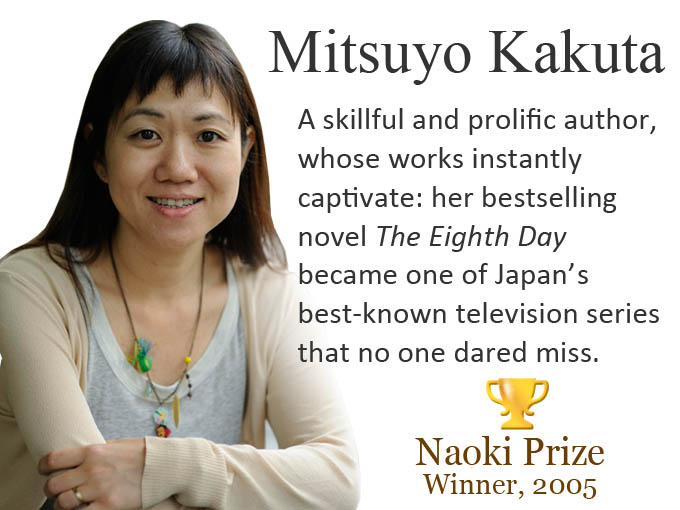Japanese literature, like the periods and schools of Tea (Boiled Tea, Whipped Tea and Steeped Tea), has its own periods and genres that developed often in their own unique local manner in isolation, and each preparation of narrative prose like tea “leaves” has its own “individuality, its own special affinity with water and heat, its hereditary memories to recall, its own method of telling a story”.
According to The Book of Tea, which was originally written in English targeting an audience outside Japan: “art is only of value to the extent that it speaks to us. It might be a universal language if we ourselves were universal in our sympathies”.
The essay, which outlines the Zen principles of simplicity, incompleteness and the importance of the concealment of beauty that may be discovered, also provides useful advice for authors, creative writers, and critics.
Okakura writes that according to Chikamatsu Monzaemon (1653-1725), who he considered to be Japan’s Shakespeare, one of the first principles of dramatic composition is “the importance of taking the audience into the confidence of the author”. And a masterpiece, be it a tea ceremony, the architecture of a tea room (some of which influenced Frank Lloyd Wright), a novel or short story” is a symphony played upon our finest feelings”.
© Red Circle Authors Limited

